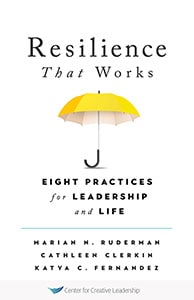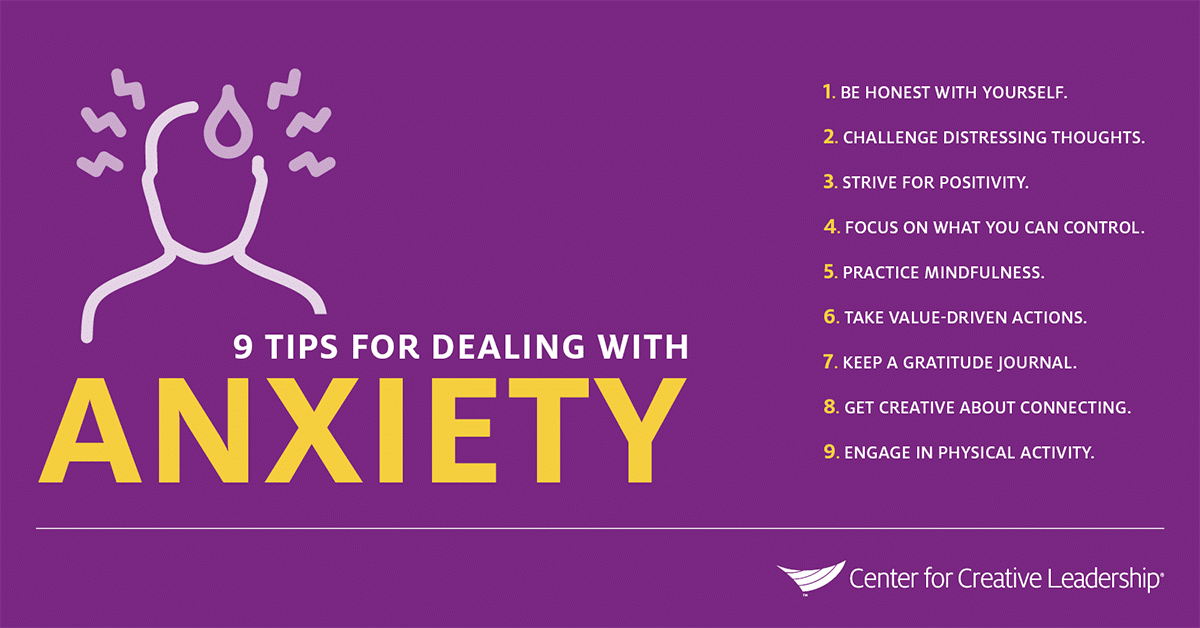Introduction
As coronavirus updates dominate the news, many of us are facing disruptive changes we’ve never experienced — or even imagined. Because our routines are paused, we’re finding new footing in our work lives, social lives, and mental and physical health.
For many, a plethora of distressing feelings have emerged: anxiety, worry, fear, frustration, sadness, anger, panic, helplessness, uncertainty, skepticism, confusion, stress, and even loss. And of course, these feelings don’t just linger in the pit of our stomachs. They ripple out and impact how we behave, how we treat others, even how we see the world.
Maybe you’ve experienced difficulty concentrating or sleeping. Maybe you’ve felt more socially withdrawn or disconnected from those around you. Or maybe you’ve become hyper-focused on the news. Some of us are feeling hypervigilant about our health and the health of those around us (maybe side-eyeing anyone who coughs, or wondering when they last washed their hands for 20 seconds).
Why Uncertainty Is Linked to Anxiety
These are all valid and understandable responses to a disruptive event, such as a global pandemic — especially when elements of such a global event are unknown, uncertain, unpredictable, or unclear. Indeed, multiple research efforts are underway to better understand the psychological impact of global events.
One core element underlying many of these feelings and reactions is uncertainty, and uncertainty is associated with anxiety.
While we can’t make the current uncertainty go away, what can we do to cope with the distress we’re experiencing?
Read on for 9 tips, based on what we know from research, for dealing with uncertainty and anxiety.
1. Be honest with yourself.
The first step in managing distressing thoughts is to notice and acknowledge those thoughts. When you feel anxious, ask yourself, “What am I afraid of or worried about in this very moment?”
2. Challenge anxiety-driven, distressing thoughts.
Challenge any assumptions you’re making. For example, remind yourself that just because someone around you is coughing doesn’t mean they have COVID-19. Many times, we tend to respond to anxiety-driven thoughts by seeking out evidence supporting those thoughts (i.e., confirmation bias), all the while ignoring evidence to the contrary.
Challenge your thoughts by considering alternative perspectives and weighing all available evidence.
3. Look on the bright side.
Consider reframing your thoughts to focus on the positive. For example, when you catch yourself thinking, “I’m stuck at home,” you might instead tell yourself, “I’m safe at home and am able to do some things I normally don’t have time to do.” If you feel panic when having the thought, “I’m definitely going to get sick,” reframe it to, “I cannot predict the future, but I know that if I take proper precautions, such as social distancing and washing my hands, I will be doing what I can to be preventative.”
Learn more about the power of positive self-talk when facing uncertainty.

Dive deeper into 8 practices that keep you healthy, focused, and functioning with our book, Resilience That Works: Eight Practices for Leadership and Life.
4. Focus on what you can control.
Channel your energy into aspects of your life that you can control. For example, you can be safe and cautious through measures like social distancing and hand washing, but you can’t fully control whether others make the same choice; who or how many will contract COVID-19; and whether the government will respond in a specific, desired way.
Ask yourself, “What’s within my power?” If you have done all you can, or the answer is “nothing,” consider redirecting your attention to a topic or concern over which you can exert more control.
5. Practice mindfulness by being aware and intentional.
When distressing feelings increase, notice your breathing. Oftentimes people will overbreathe when feeling anxious. Consider intentionally focusing on extending the exhale — for example, breathing in to a count of 4 and breathing out to a count of 6.
Find ways to ground yourself to the present moment. Do a 5-sense check and notice what you’re experiencing through all 5 senses. Remind yourself that you’re capable of tolerating the distress via calming, affirming thoughts, such as “Right now, I am fine,” and “I can handle this.” Learn more about mindful leadership techniques.
6. Take action through value-driven behaviors.
If you greatly value family, for example, find a creative way to behaviorally engage with that value. Maybe that means calling your aunt whom you haven’t spoken to in some time to check on her or to ask if she needs help.
Access Our Webinar!
Watch our webinar, Building Resilience and Leadership in the Context of Crisis & Telework, and learn practical ways to enhance personal and team resilience and effectiveness during times of crisis.
7. Start a gratitude journal.
Gratitude has been shown to relate to a variety of positive outcomes, like greater wellbeing. Consider keeping a gratitude journal where you jot down 3 things for which you are grateful every day or sending a brief note of gratitude to someone. Giving thanks can actually make you a better leader.
8. Find new ways to connect with others.
Social distancing can occur without total social withdrawal. It’s possible to remain in contact with loved ones, even if social distancing may be preventing your typical ways of connecting.
Get creative! If you normally don’t engage with video calls, consider experimenting with it for virtual “face-to-face” interactions. Or seek out an online game you can play with a friend or loved one.
9. Infuse your day with physical activity.
You don’t have to train for a marathon to get your heart rate up. Even 5- to 10-minute stretch breaks will increase your productivity and creativity as well as your leadership effectiveness. Pick a favorite song and devote the length of that song to stretching out your body. The important thing is to keep moving.
Want more ideas? Learn more about how to make time for your wellness in our article that shares 4 techniques proven to decrease stress and boost your potential.
Ready to Take the Next Step?
Help your people deal with uncertainty and develop more resilient leadership and habits with our resilience-building solutions, which will help your leaders avoid burnout — and burn bright instead.







